You’re probably familiar with the Face on the Barroom Floor, the mysterious portrait of a dark-haired lady on the floor of the Teller House in Central City. But did you know that the same artist who painted this iconic image also used his paintings to document the Colorado he knew, before it vanished forever?
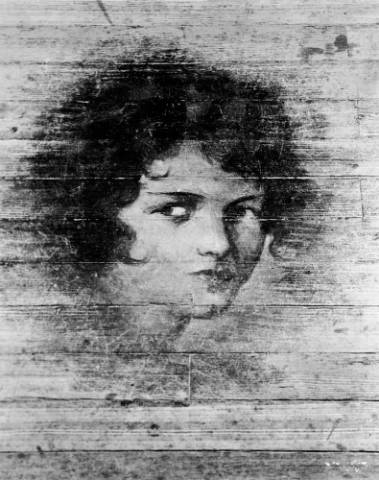
Herndon Davis (1901-1962) started his artistic career as a commercial illustrator in several midwestern cities. He moved to Denver in 1936, working for the Rocky Mountain News and The Denver Post. While in Central City to paint a series of murals for the Central City Opera House, Davis painted the Face, thought to be an image of his wife, Nita.
Over time, Davis began to notice how much Colorado, and Denver especially, were changing. Gone was the frontier West, which Davis set about to document in paintings of rickety frontier towns and old mine sites. He painted and sketched numerous portraits of notable Coloradans like Kit Carson, John Brisben Walker, and Helen Bonfils. He even painted Colorado dinosaurs.
But Davis is perhaps best appreciated for his paintings of old Denver and metro area buildings, often documenting them before they were lost. Davis painted the remaining homes of early Denver area settlers; fine Capitol Hill mansions; and famous nineteenth-century Denver buildings that had fallen into disrepair. Buildings that were the pride of nineteenth-century Denver are shown surrounded by parked cars, for sale signs, and empty lots. Yet each retains a dignified beauty that Davis was able to capture, even as the structures were about to be lost to the wrecking ball.
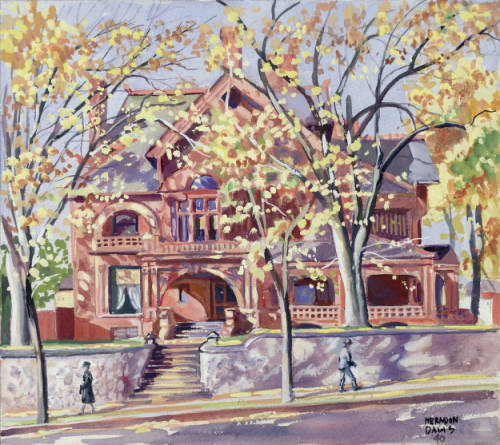
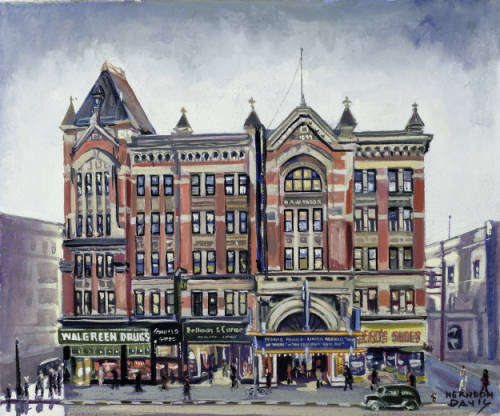
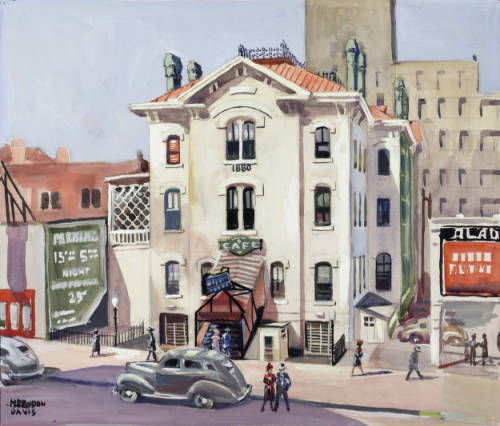
Davis and his art are featured in Herndon Davis: Painting Colorado History by Craig Leavitt and Thomas J. Noel (University Press of Colorado, 2016), a full-color book which you can check out from our library or on Prospector. Much of Davis’s art is now in the Collection of the Denver Public Library Western History Department, and you can view many more Davis paintings on their website.
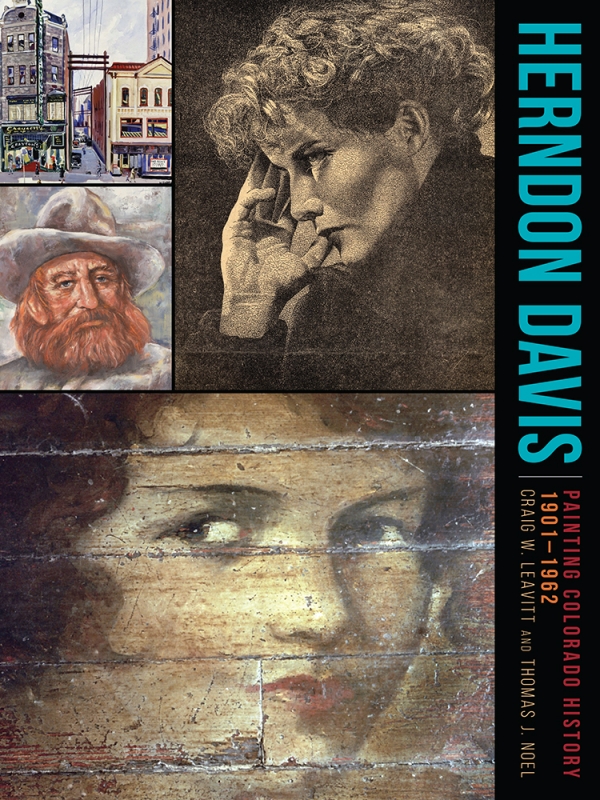
- How to Spot the Differences Between Eagles and Hawks - August 16, 2021
- How Transportation Projects Help Tell the Story of Colorado’s Past - August 9, 2021
- Time Machine Tuesday: The Night the Castlewood Canyon Dam Gave Way - August 3, 2021